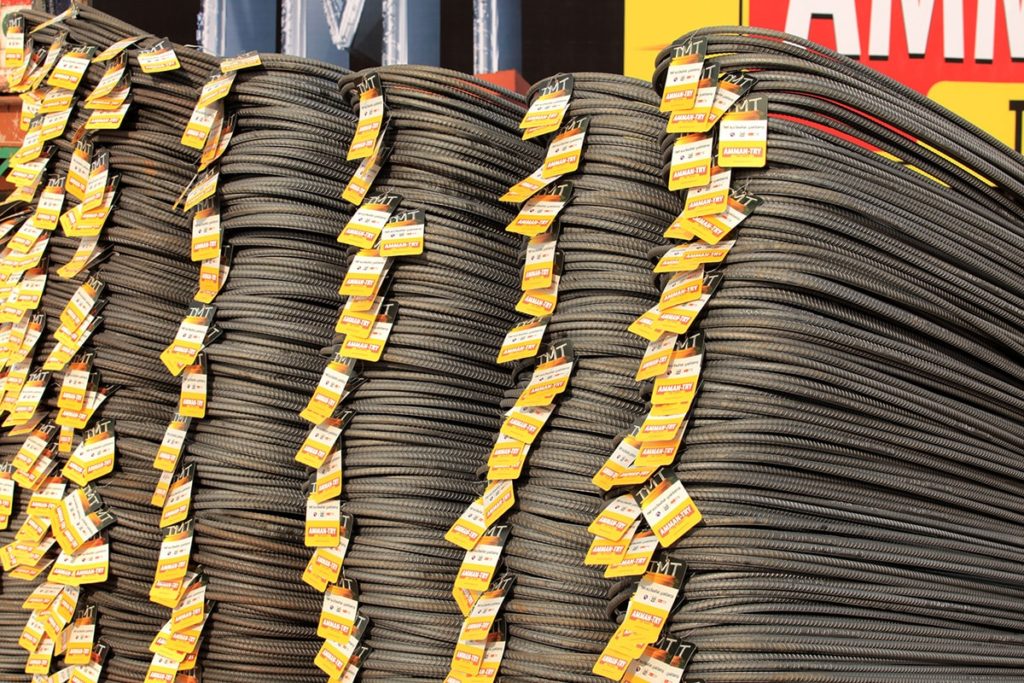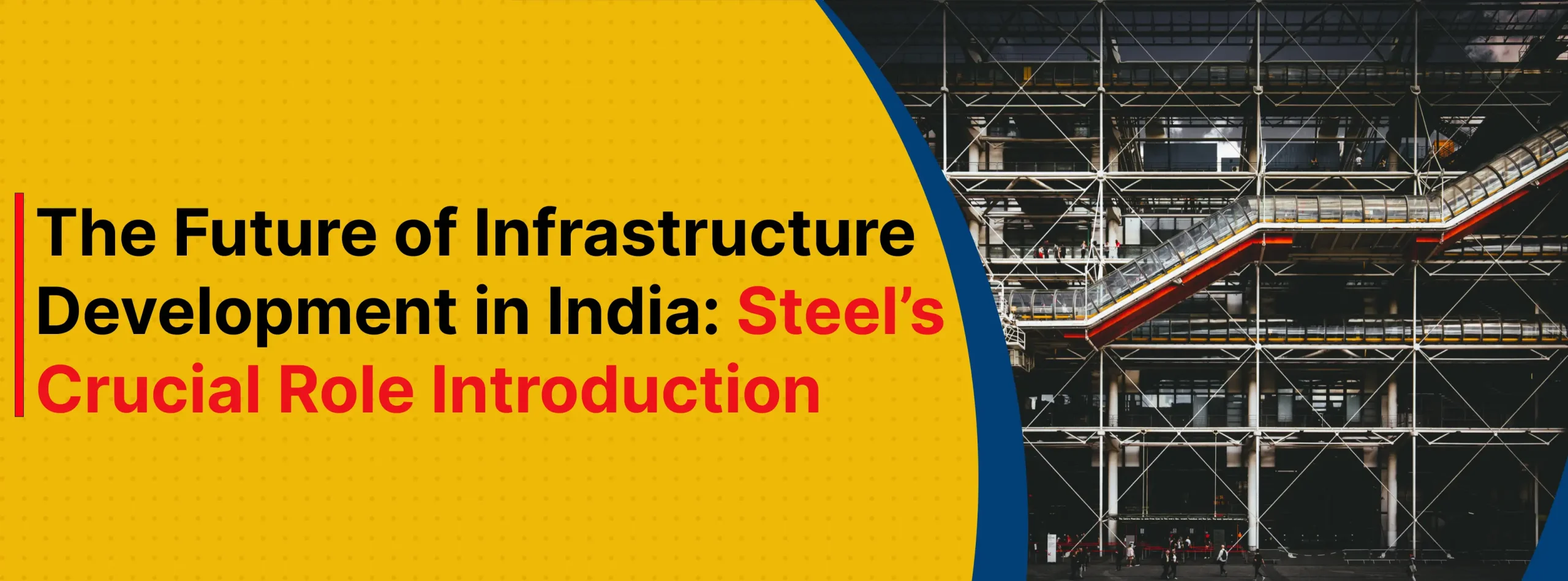India stands right now in a decisive moment of its evolution with aspirations of acquiring a global economic leadership role, given a projected GDP of $5 trillion. A strong infrastructure will be required to support rapid urbanization, industrial development, and an ever-increasing population. As India endeavours to close this infrastructure gap, steel appears to be the backbone of this entire development journey. Given its growing steel consumption, India will witness the decisive role that this versatile material will play in pursuing those ambitious goals through various segments, from construction to energy.

Steel’s Role in Infrastructure Development
Steel is one of the most important elements used in the construction of any infrastructure in India given its strength, durability, and versatility. Steel possesses much more load-bearing characteristics with next to no flexibility, against which it is capable of being transformed into a highly durable material considering the varying environmental conditions of a country like India. The material stands strong in facing extreme conditions, which is an important consideration in sustaining long-term infrastructure projects. Recently, green production of steel has gained traction, focusing on the reduction of carbon emissions while increasing energy efficiency. This makes it lighter on the environment while going some way to satisfy the escalating demand for steel in the nation.
Furthermore, steel is flexible enough to accommodate contemporary construction modes such as prefabrication and modular construction that minimize project timelines. Therefore, with increasing demands for infrastructure and urbanization, steel is the prime choice for India’s growth due to the unparalleled strength it offers while being sustainable and fast.
Key sectors benefiting from steel
- Urban development
Steel is the thrusting engine of urbanization in India which is followed by enormous demand for steel in high-rise buildings, commercial complexes, and affordable housing schemes like Pradhan Mantri Awas Yojana (PMAY). Steel’s strength-to-weight ratio allows taller structures that are more efficient to construct, including retrofitting older buildings for safety and efficiency.
- Transport
Steel forms the backbone of transport infrastructure in India. Including roads, railways, and metro systems. It is especially relevant in mega-projects like the high-speed rail corridor and metro expansion, whereby it provides strength to carry heavy loads with frequent use and low maintenance costs.
- Energy
Steel is a key input for energy infrastructure in India, especially renewable energy projects like wind turbines, solar panel supports, and hydroelectric plants, offering resistance to extreme weather and helping in meeting India’s renewable energy target of establishing 500 GW by 2030.
- Construction of Ports
Steel is one of the major players in port, pier, cargo terminal, and offshore structure construction, thus supporting India’s import-export trade. With its corrosion resistance and strength under extreme conditions, steel is bound to support the most efficient functioning of ports and support India’s global trade capabilities.
- Infrastructure
Steel had been a critical component in the building of industrial infrastructure. Factories, manufacturing plants, warehouses, and large-scale industrial complexes are built on steel for support. Steel’s quality versatility, fire resistance, and wear resistance render it a great construction material for factory buildings, logistics offices, and heavy industries. On top of that, as India aims to make its manufacturing sector competitive, the demand for steel in factory construction and expansion will likely grow.
